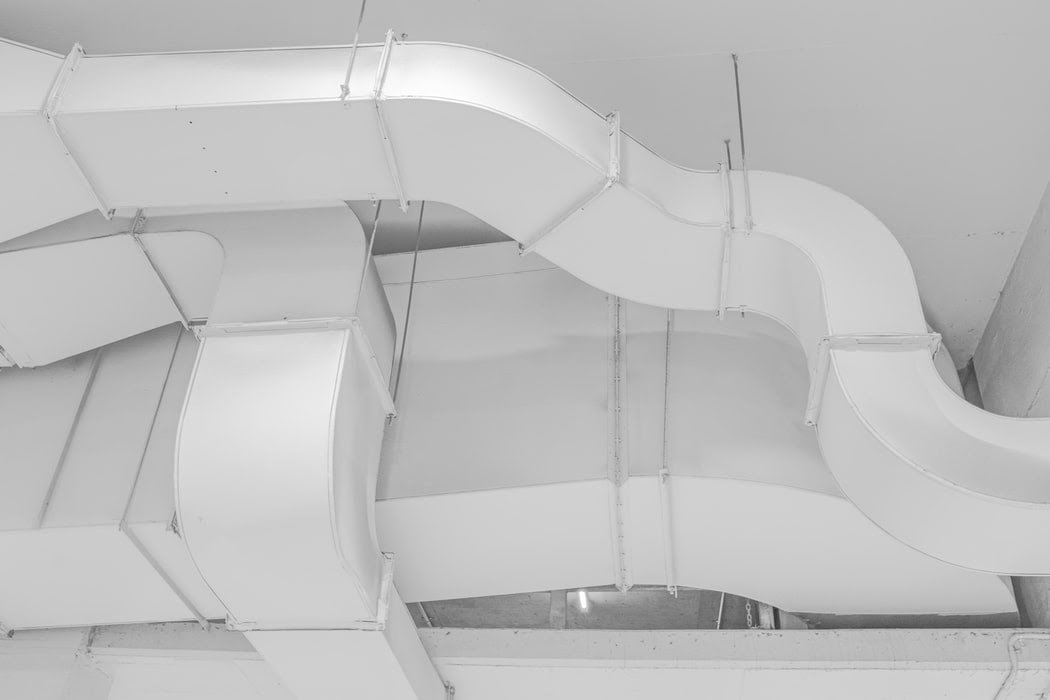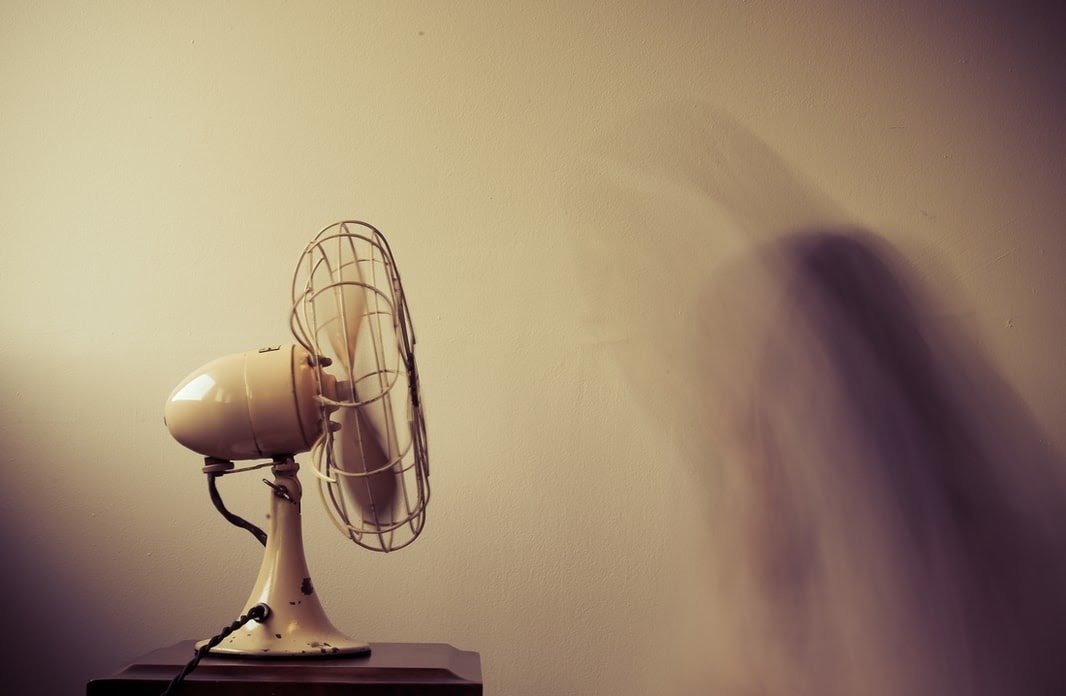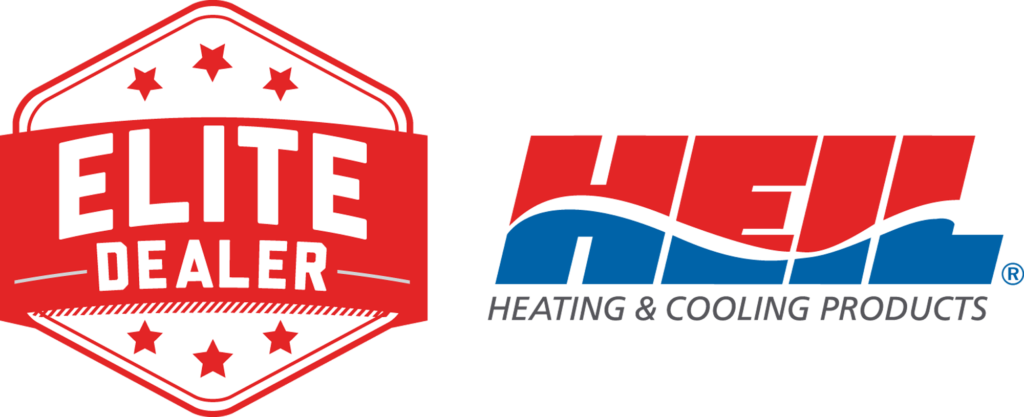As an owner of a commercial building, you’re always looking for ways to cut costs. Especially in these uncertain times, cost control is an integral part of keeping your business afloat. While it’s easy to stay focused on inventory, staffing, and supply costs, sometimes the best way to fix the bottom line is by adjusting your habits and optimizing for efficiency.
As a society, we’re consuming much more energy than we ever have. Much of the energy consumption from commercial buildings comes from cooling. This is especially true as we enter the summer months. Summer brings rising temperatures, and those temperature spikes can mean expensive cooling costs for your commercial building.
The answer to reducing cooling costs doesn’t lie in keeping the building warmer. Instead, there are many solutions and trends to keep your building cool and cut your costs.
Here are five commercial cooling trends that will help you cut costs and beat the heat throughout the year.

Trend #1: Higher-Quality Insulation
While not the most exciting trend, improving your commercial building’s insulation is the best first step to reducing cooling costs. More building owners are biting the bullet and committing to improving the insulation of their buildings. For some, it means completely redoing the insulation and replacing worn-out or ineffective insulation materials with a higher quality alternative like polyiso insulation. For others, it’s about doubling down and adding layers of insulation around their HVAC units, electrical outlets, and wiring.
Trend #2: HVAC Zoning Systems
In a traditional HVAC system, air shoots out all the ducts with the same intensity. If you want to block airflow to a particular room, then you shut the vents. The problem with this is that there’s an enormous amount of waste happening. Most commercial buildings have several rooms or areas that don’t need to be cooled down to the same degree as the rest of the building.
This is where HVAC zoning comes into play. Using something called industrial dampers, technicians re-route the airflow of the system, allowing you to have different temperatures in different areas. Dampers can also be used for volume control, air diffusion, and redirecting fumes. Essentially, a zoned HVAC system allows you to route the airflow in an energy-efficient way.
Trend #3: Proactive Weatherproofing
While insulation improvements go a long way towards keeping the heat out and the cool in, there are other weatherproofing methods, too. From air and vapor barriers to louvers, commercial building owners are finding ways to ensure that their building is primed for energy-efficiency. While it may seem inconsequential, many people are prioritizing weatherproofing windows and doors. Doing a quick re-caulk and refitting of the windows and doors on the building could be a fast and cost-effective way to improve the building’s weatherproofing quickly.
Trend #4: Smart Thermostats and Intuitive Technology
Aside from improvement projects, more and more commercial property owners are finding the value in smart thermostats and other intuitive technology. Smart thermostats allow constant temperature control from any location and enable you to set different temperatures for different parts of the building. Interestingly, pre-cooling a building, or cooling a building down overnight, while people aren’t in the building can reduce electricity costs by as much as 41%. This is because it takes less energy and costs less to cool a building down during non-peak hours. Having a smart thermostat allows you to pre-cool your building during the evenings.
Aside from thermostats, many technologies allow commercial building owners to monitor energy usage and view real-time analytics to find and fix problematic energy usage in their buildings.
Trend #5: Green Designs
Alternatively, some commercial building owners are thinking less tech and more simplistically to reduce their commercial cooling costs. They’re getting back to basics and looking into their landscaping and natural solutions to decrease cooling costs. Many commercial building owners are landscaping and planting trees to shade the building to keep it cool. Others are adding more windows, so that they can take advantage of natural light, thereby reducing overall electricity costs. Reducing light usage can also reduce cooling costs since sometimes it’s the lights that cause a building to stay warm.
Cut Your Building’s Cooling Costs with These Trends

These are five popular ways that commercial building owners are reducing their cooling costs. Jump onto some of these trends, and you’ll be sure to cut your costs, too. Remember, cutting cooling costs is all about maximizing energy-efficiency, so be sure that your HVAC system is regularly maintained to ensure that it’s running efficiently.
Matt Lee is the owner of the Innovative Building Materials blog and a content writer for the building materials industry. He is focused on helping fellow homeowners, contractors, and architects discover materials and methods of construction that save money, improve energy efficiency, and increase property value.
